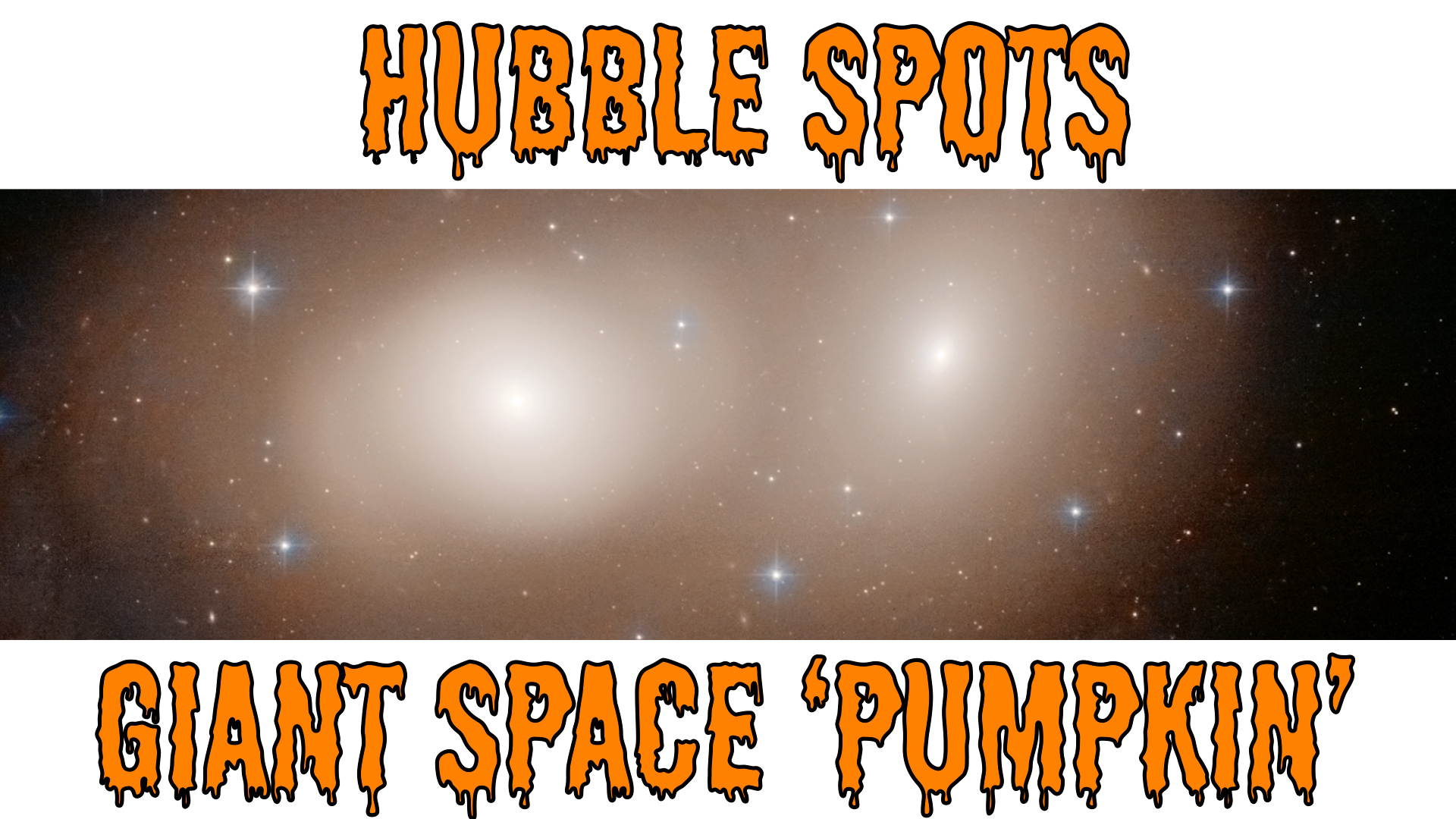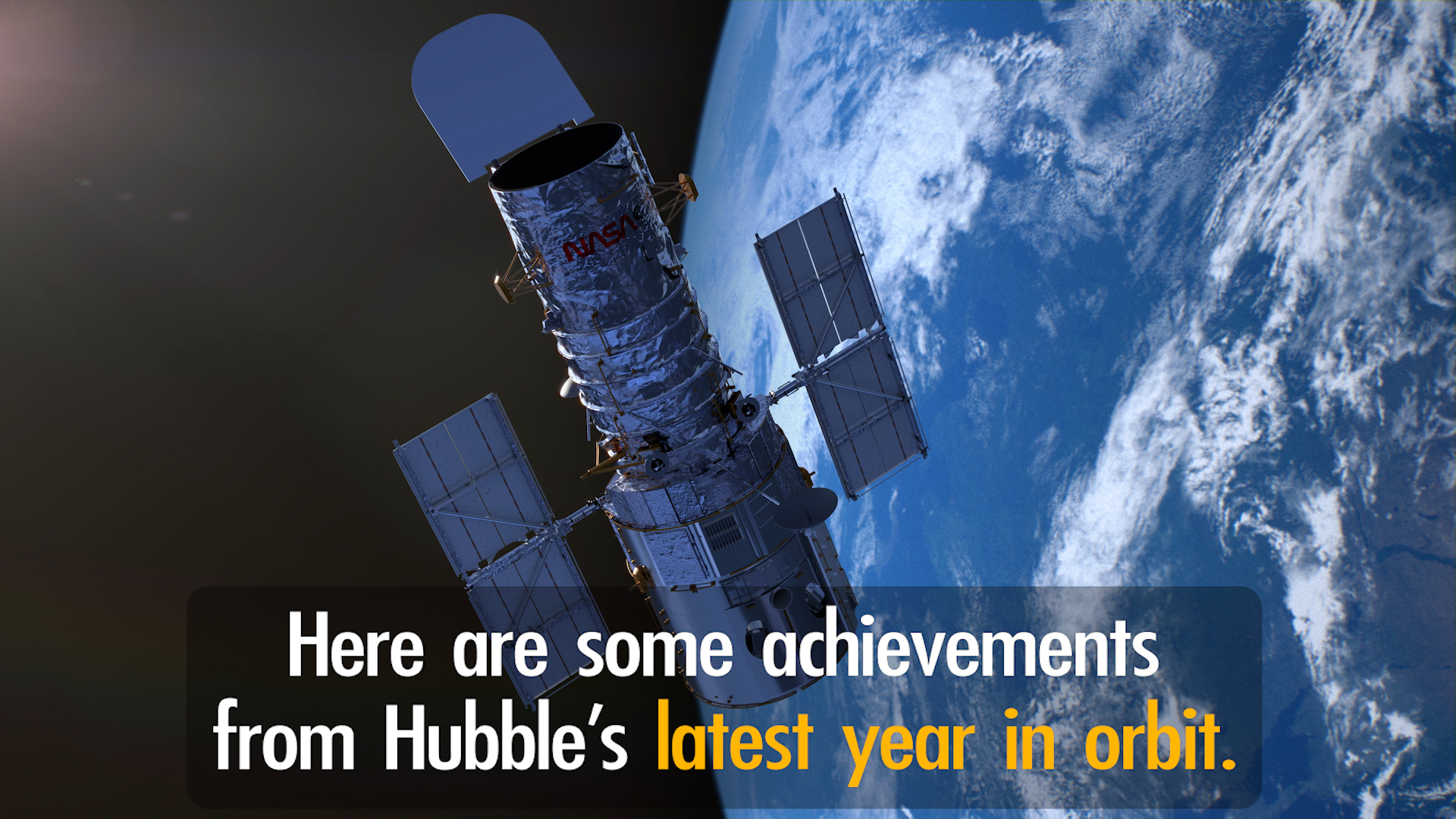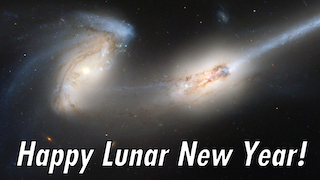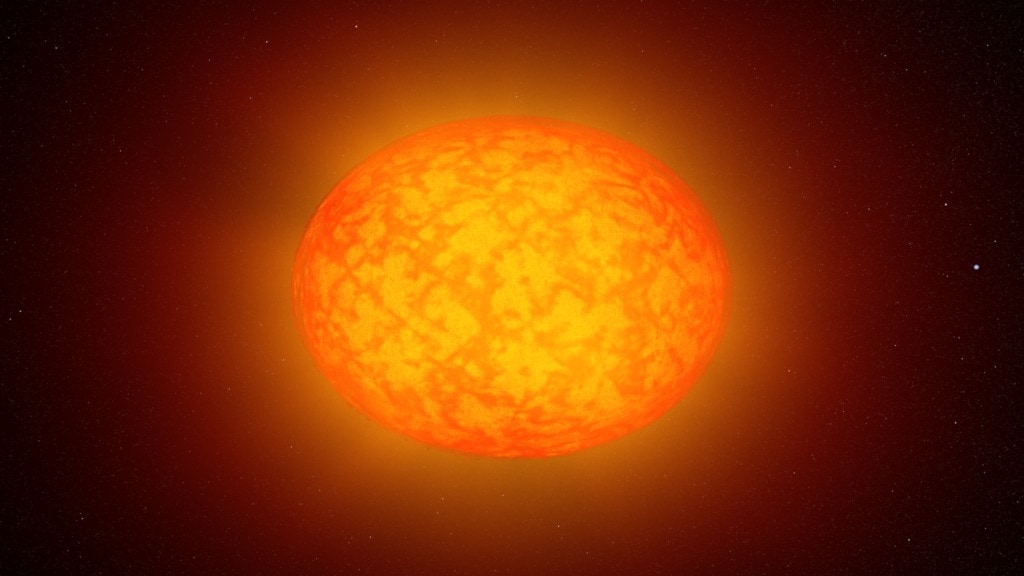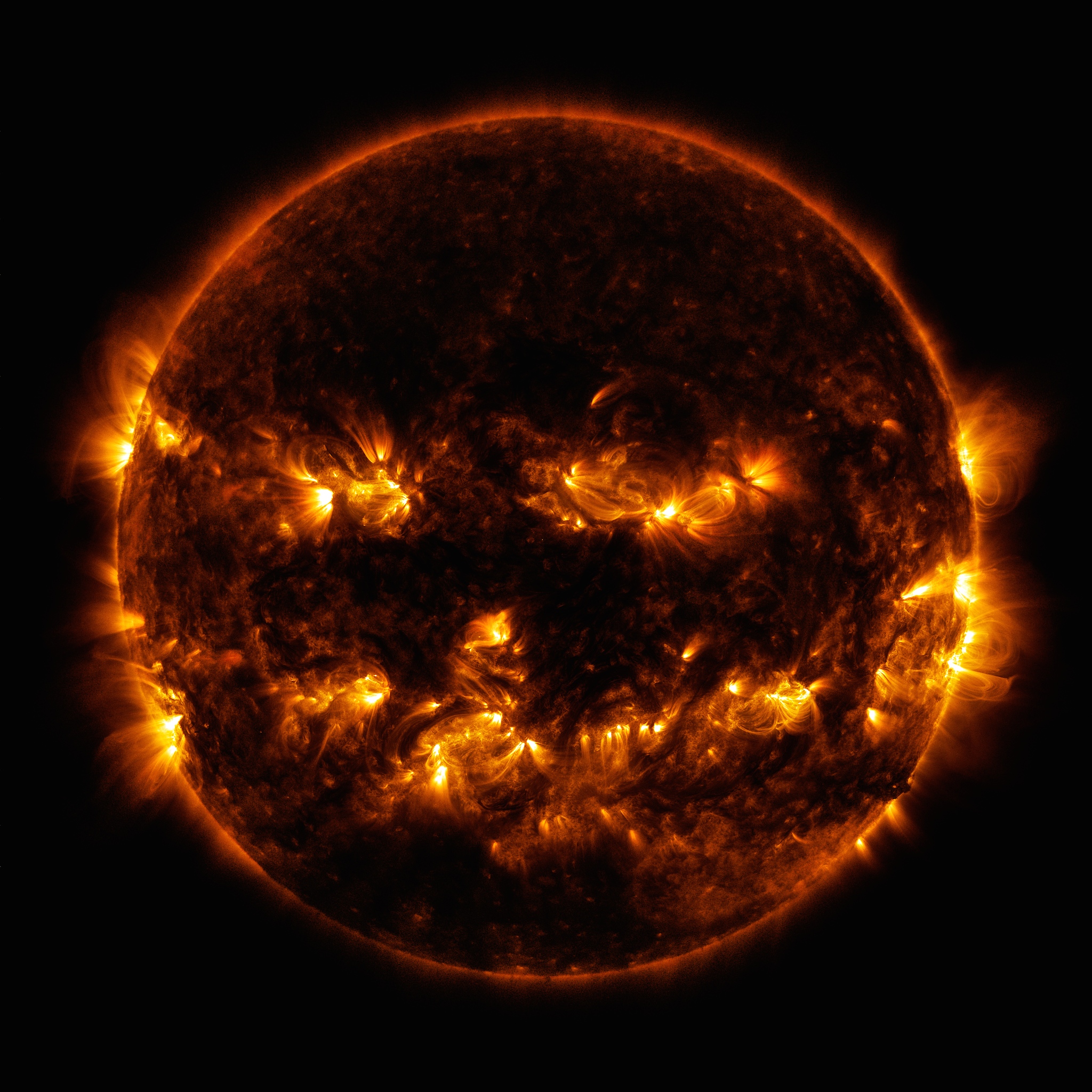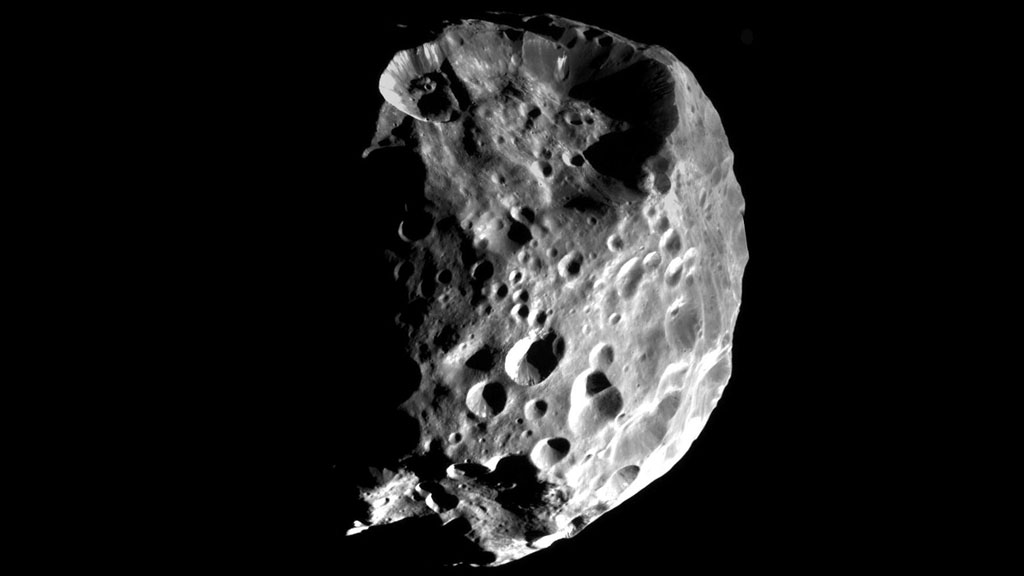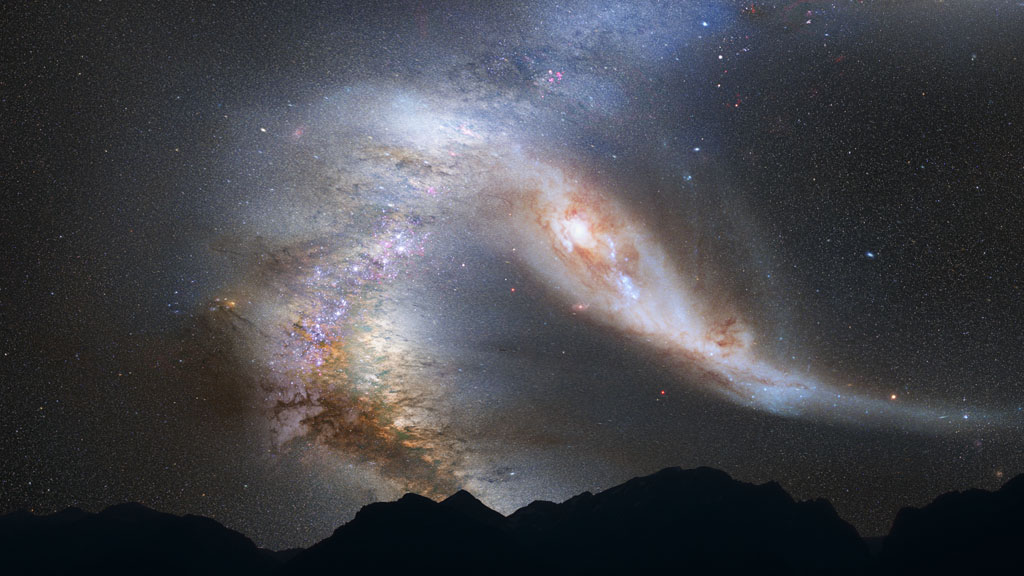Hubble's Scary New Halloween Image
NASA’s Hubble Space Telescope has unveiled a spooky new image staring out from the depths of the cosmos. The new image reveals the twin galaxies AM 2026-424 — a pair of interacting galaxies that may foreshadow our Milky Way’s own frightening fate.
For more information, visit https://nasa.gov/hubble.
Music Credits:
"Bad and Spooky" by Brett Engel [ASCAP], Universal Production Music
“Scream Dreams” by Matthew Harris [PRS], Universal Production Music
Master version
Horizontal version. This is for use on any YouTube or non-YouTube platform where you want to display the video horizontally.
Square version
This is a square 1:1 version of the video designed for Facebook or any other platform where you want to display a full-length square version of the video.
Vertical version
This vertical version of the episode is for IGTV or Snapchat. The IGTV episode can be pulled into Instagram Stories and the regular Instagram feed.
Credits
Please give credit for this item to:
NASA's Goddard Space Flight Center
-
Technical support
- Aaron E. Lepsch (ADNET Systems, Inc.)
Missions
This page is related to the following missions:Release date
This page was originally published on Monday, October 28, 2019.
This page was last updated on Wednesday, May 3, 2023 at 1:45 PM EDT.

